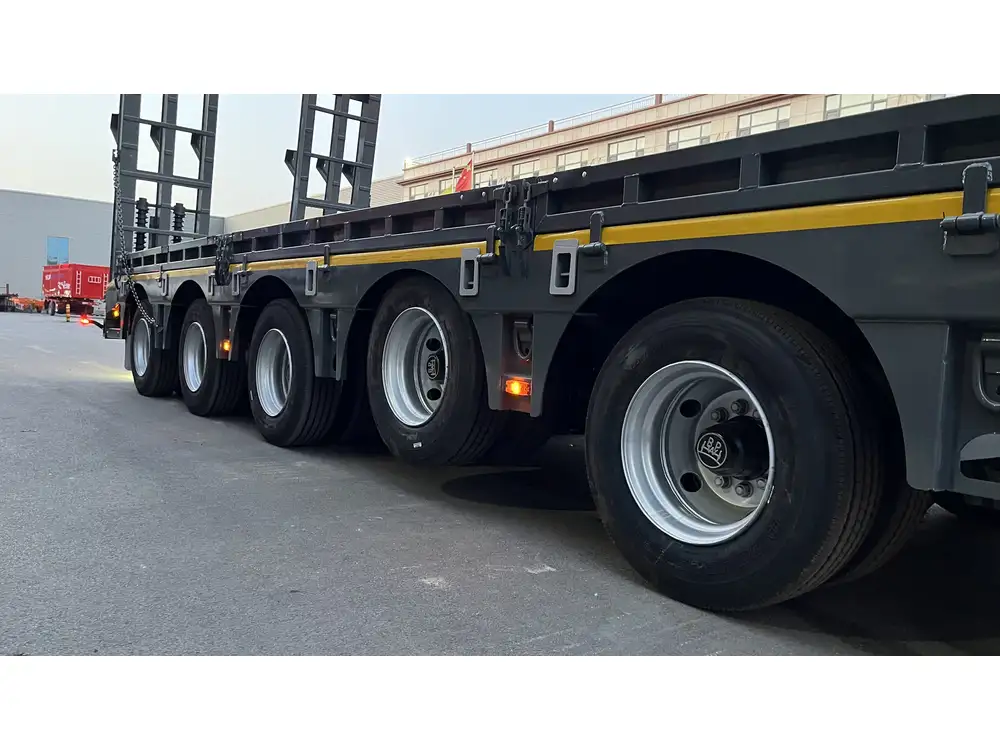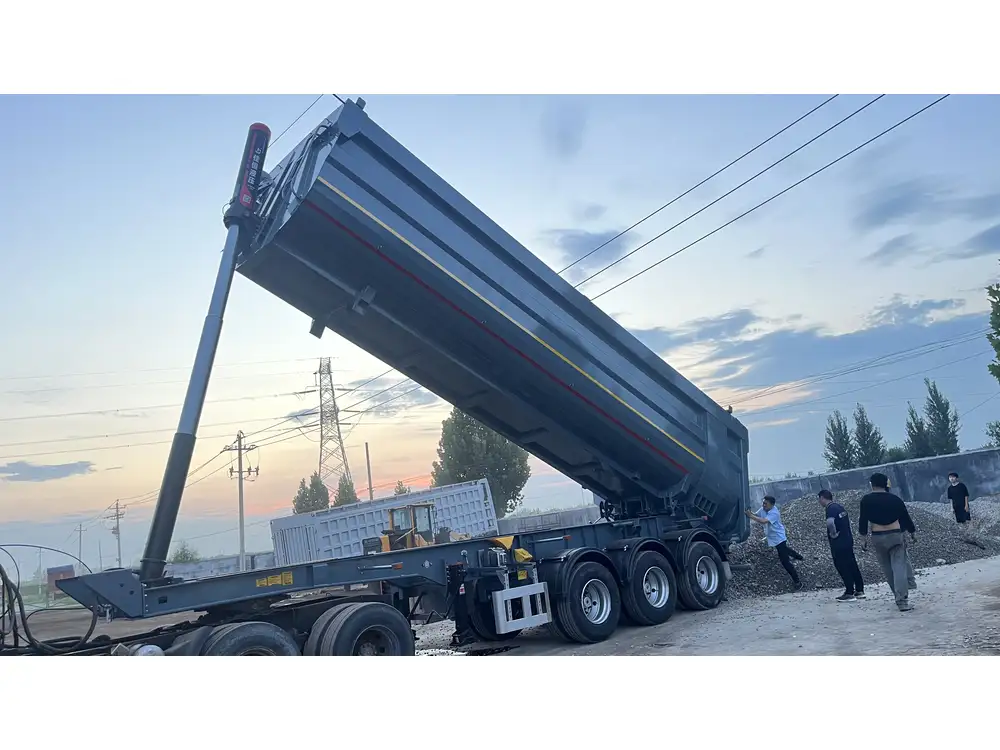In the complex world of logistics and transportation, ensuring the safety and reliability of your semi-trailer is paramount. One of the most critical components of this is making sure the trailer is fully latched. This guide provides a detailed overview of best practices, potential problems, and solutions that can help you ensure that your semi-trailer is securely attached to its towing vehicle.
Understanding the Importance of a Fully Latched Trailing Connection
When transporting goods, the last thing any driver wants to encounter is an unlatched or improperly secured semi-trailer. A trailer that is not fully latched can lead to a variety of issues including:
- Accidents: Unlatching can result in trailer separation, causing accidents that may injure drivers and passengers.
- Load Shift: An unsecured trailer can lead to load shifting, which can compromise the integrity of the cargo.
- Legal Implications: Safety violations due to improper latching can lead to penalties and affect operational performance.
To prevent these issues, it’s essential to implement thorough inspection and latching protocols.
Key Steps to Ensure Your Semi-Trailer is Fully Latched

1. Pre-Trip Inspection Checklist
Conducting a pre-trip inspection is crucial. Use this checklist to ensure you’re covering all necessary components:
| Component | Action |
|---|---|
| Kingpin | Verify it is correctly aligned and seated. |
| Landing Gear | Ensure it is fully raised and secured. |
| Safety Chains | Check for proper installation and tension. |
| Air Lines and Electric | Confirm connectors are secure and check for leaks. |
| Trailer Harness | Inspect for frays and ensure proper connection. |
2. Proper Coupling Technique
Utilize the following techniques to ensure a firm connection between the tractor and trailer:
- Align the Truck and Trailer: Make sure the tractor and trailer are aligned squarely. Misalignment can lead to partial latching.
- Backup Slowly: As you reverse, keep a steady eye on the kingpin to ensure it slides smoothly into the fifth wheel.
- Listen for the Click: A distinctive sound indicates that the kingpin has engaged. However, do not rely solely on sound; further verification is necessary.
3. Visual Confirmation Process
After coupling, a thorough visual inspection should be carried out.
Key visual checks:
- Fifth Wheel Lock: Inspect whether the lock mechanism is completely engaged over the kingpin.
- Gap Inspection: Look for any visible gaps between the fifth wheel and the trailer. A small gap could indicate that the latched connection is not secure.
- Trailer Height: Check the height of the trailer; it should be level with the towing vehicle without any drastic angle.

4. Secure Connection with Safety Chains and Pins
Adding another layer of security is advisable. Here’s how to properly secure the connection:
- Safety Chains: Cross the chains under the trailer tongue to ensure it won’t drop if the coupling fails. Make sure they are tightly secured to the towing vehicle’s hooks.
- Locking Mechanism: Utilize a pin or lock designed for trailer couplings. This can prevent the connection from accidentally disengaging.
5. Post-Trip Inspections and Maintenance
Regular maintenance is pivotal for preventing future issues. After each trip, incorporate these habits:
- Inspect Mechanical Components: Regularly check the fifth wheel components for undue wear.
- Grease the Fifth Wheel: Keeping it well-lubricated reduces friction and eases the connection process.
- Inspect Kingpin: Look for signs of wear or damage. Replace if necessary.
Troubleshooting Common Issues
Despite all precautions, you may encounter problems with your semi-trailer latching. Here are solutions to common issues:
Problem 1: Kingpin Misalignment
If you experience difficulty latching, check the kingpin alignment. You may need to adjust your approach angle or reposition your tractor.
Problem 2: Lock Not Engaging
If the lock fails to engage, inspect the fifth wheel’s mechanical parts for damages or obstructions. Sometimes debris can cause interference.
Problem 3: Gaps Found Post-Latching
If gaps are visible after latching, your fifth wheel may be too worn, requiring replacement.

Technological Solutions for Enhanced Latching
As the trucking industry evolves, technology offers new solutions to ensure reliable latching:
Smart Coupling Systems: These systems provide alerts for proper alignment and connection completion. Utilizing sensors and apps, drivers receive a notification when the trailer is not fully latched.
Weight Sensors: Some systems calculate the weight on the kingpin, ensuring that the coupling can hold the load effectively. A malfunction might indicate improper latching or an overloaded connection.
Final Thoughts: Safety as a Top Priority
The safety and efficiency of transporting goods rely heavily on your ability to ensure that a semi-trailer is fully latched. By following the strategies outlined in this guide, including detailed inspections, teaching proper coupling techniques, and utilizing technology, you can minimize risks and enhance the safety of your operations. Implementing these thorough checks and balances ensures confidence and safety on the road, mitigating potential setbacks and legal issues.
In conclusion, the journey doesn’t just end with hitching; it begins there. Properly securing your semi-trailer sets the stage for successful deliveries, satisfied customers, and a reputation built on reliability. Embrace these best practices and cultivate a safety-oriented mindset that values every step of the transporting process.
Additional Learning Resources
To delve deeper into the world of semi-trailer safety and maintenance, consider the following resources:
- FMCSA Guidelines: Familiarize yourself with federal safety standards for trailer connections.
- Trucking Associations: Join organizations that emphasize safety in logistics.
- Workshops: Participate in workshops focusing on safety inspections and mechanical troubleshooting for trailers.
Implementing these practices into your routine will lead not only to a fully latched trailer but also contribute to a safer, more efficient operational environment.



